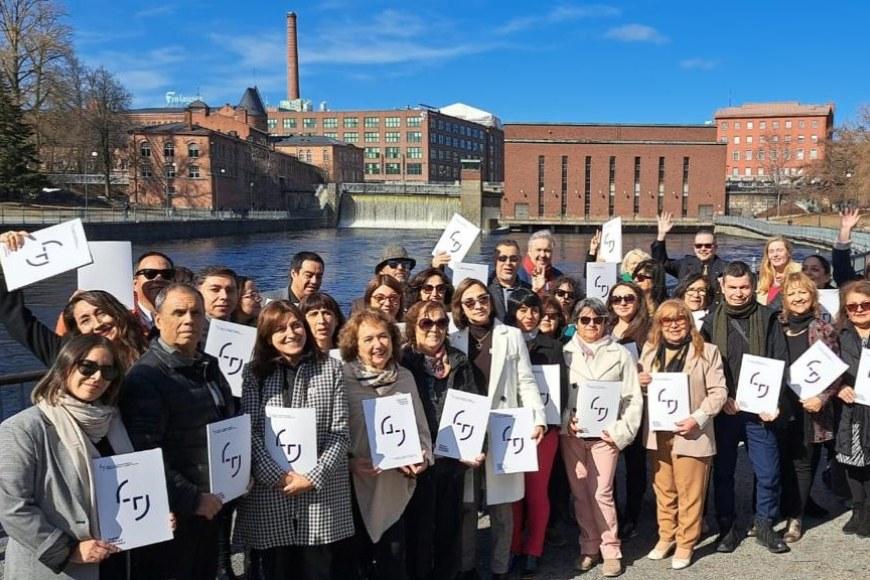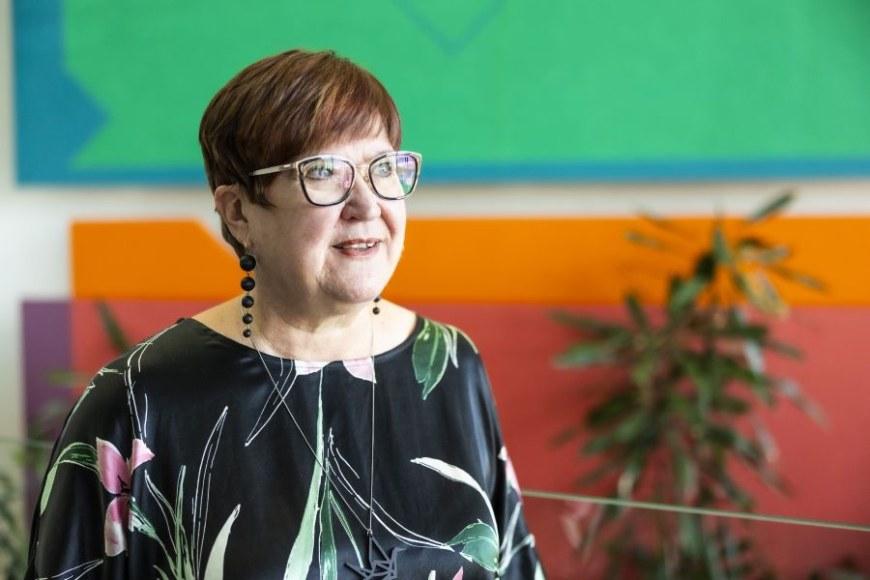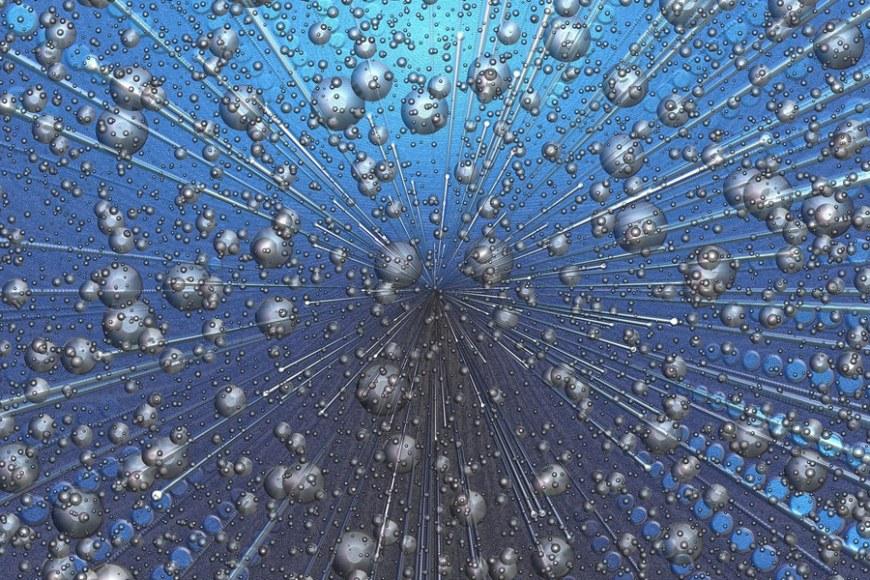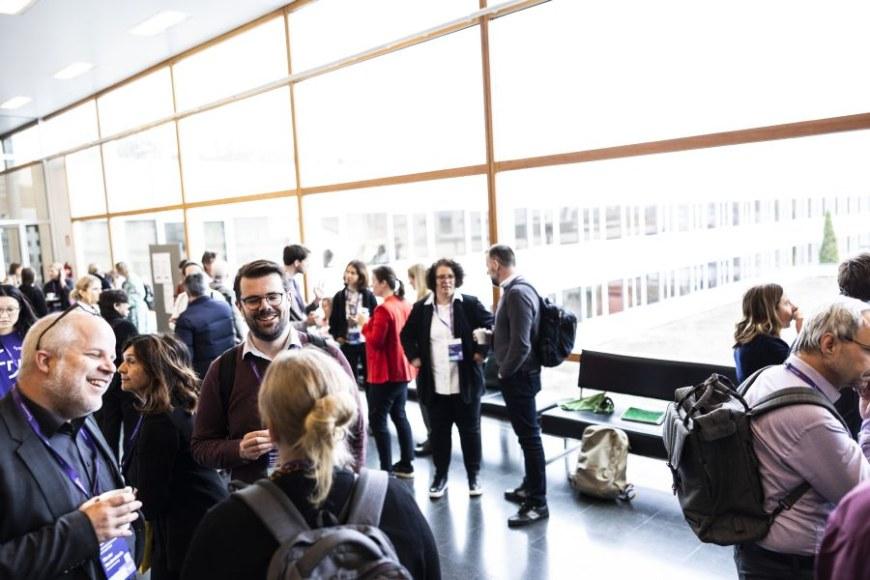Research institutes and companies join forces to find treatments for severe diseases
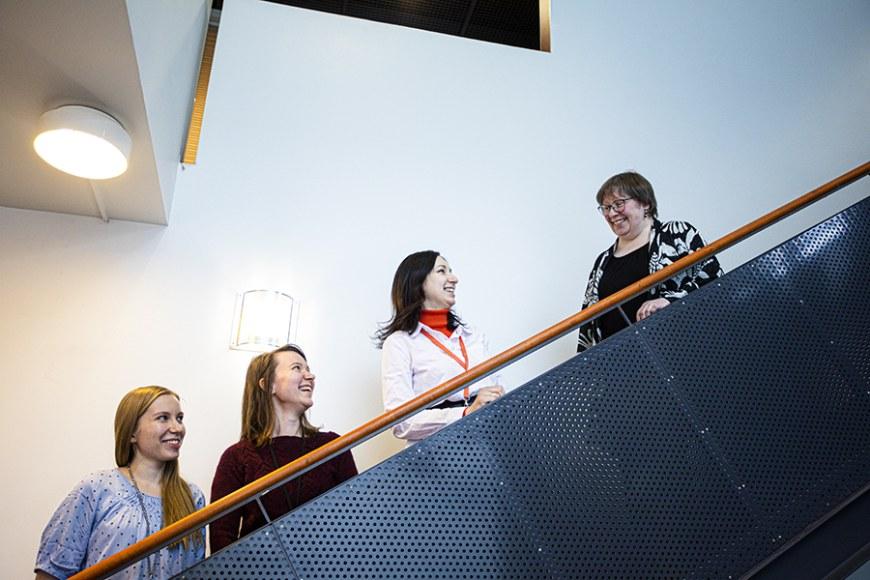
The research group of Docent Elina Vuorimaa-Laukkanen from Tampere University is developing new methods and technologies to study how extracellular vesicles enter target cells and how they are transported within the cells.
“Discovering these pathways is important in order to enable developing better treatments for severe illnesses,” Vuorimaa-Laukkanen says.
The technologies developed in Tampere are mainly based on fluorescence-lifetime imaging microscopy (FLIM).
“Even the simplest FLIM method has enabled us to demonstrate that extracellular vesicles carry the cancer medicine Paclitaxel to two different targets inside a cell,” Vuorimaa-Laukkanen notes.
More advanced technologies under development can further elucidate the intracellular pathways of extracellular vesicles and the intracellular site where the medicine is released from the vesicle. The new technologies under development utilise Förster resonance energy transfer and time-resolved fluorescence anisotropy imaging.
Research and industry join forces
At Tampere University, the study is conducted by the Supramolecular Chemistry of Bio- and Nanomaterials team of the Chemistry and Advanced Materials Supramolecular Chemistry group. The team is led by Docent Elina Vuorimaa-Laukkanen and Professor Timo Laaksonen who recently transferred to the University of Helsinki. In addition, Postdoctoral Researchers Ekaterina Lisitsyna and Nikita Durandin and Doctoral Researchers Kaisa Rautaniemi, Jussi Isokuortti and Iida Haapalehto work in the team.
“This new ecosystem joins Finland’s leading players in extracellular vesicle research from the academia and industry. We will benefit from the consortium’s extensive knowledge on the properties of extracellular vesicles and the development and application of drug carriers. We are members in a large research community, which we believe will generate many interesting cooperation projects in the future,” Vuorimaa-Laukkanen explains.
Thirteen consortium partners included
The new research ecosystem includes leading Finnish research organisations and companies such as Finnish Red Cross Blood Service, Orion Pharma and nanotechnology SMEs.
The main goal of the EVE - EV Ecosystem for Theranostic Platforms consortium, which is funded by Business Finland and has a total of 13 partners, is to determine whether extracellular vesicles can be used in the diagnosis and treatment of CNS and cancer.
The current understanding is that extracellular vesicles (EVs) are nanoparticles produced by all cells. Vesicles allow cells to transmit molecules within intercellular communication. The significance of vesicles for both health and various diseases is actively researched.
Vesicles from donated blood
Finnish Red Cross Blood Service annually processes approximately 200,000 units of donated blood in order to make red cell and platelet products for other purposes, and plasma, which is used to produce medicines to treat immunological and coagulant deficiencies.
“We are now going to find out whether extracellular vesicles produced by blood cells have special characteristics that could be used therapeutically in severe diseases,” says Saara Laitinen, R&D Manager at the Blood Service, who leads the ecosystem project.
“If extracellular vesicles were to turn out to act as drug carriers, it would enable even more versatile use of donated blood in patient care,” Laitinen says.
The three-year project also aims to develop technological expertise and quality control methods that are needed in the use of blood cell-derived extracellular vesicles.
